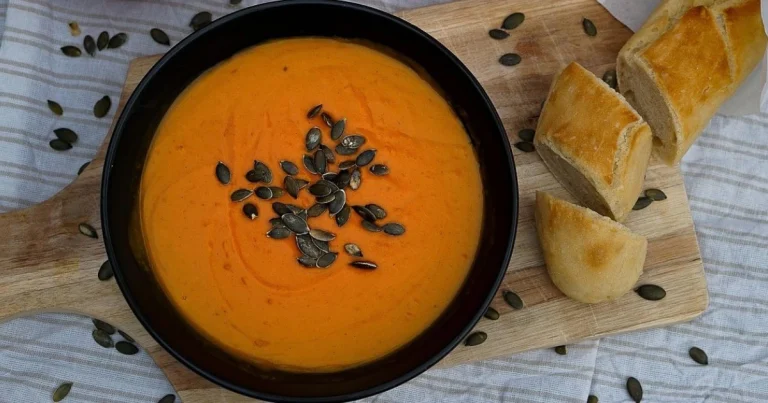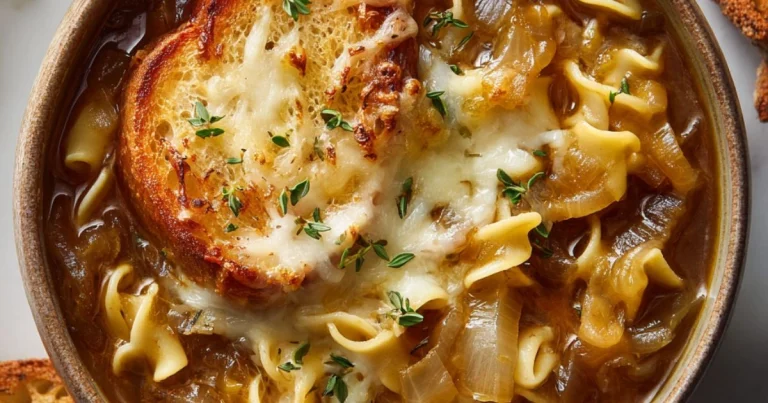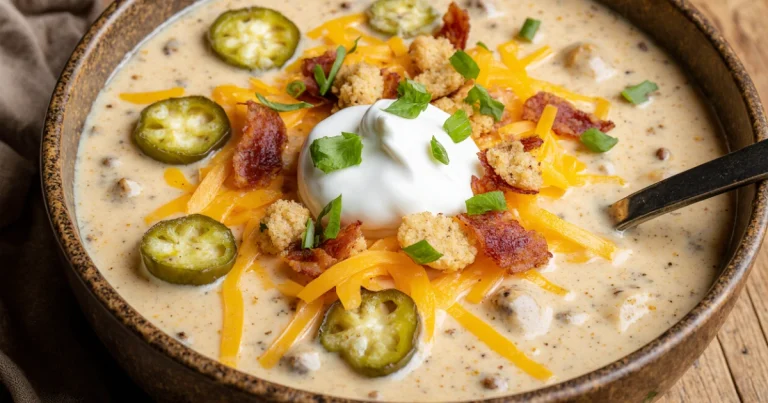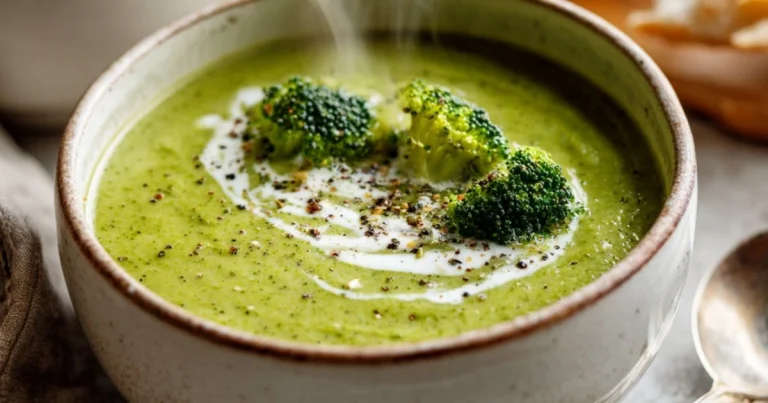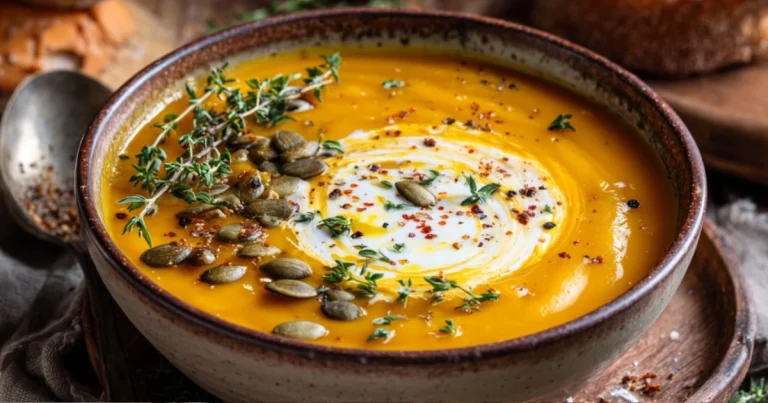How to Make the Perfect Lentil Curry
Lentil curry is one of those dishes that’s both comforting and versatile. Whether you’re a beginner in the kitchen or a seasoned home cook, this flavorful, nutrient-rich dish can easily become a staple in your meal rotation. Known for its combination of aromatic spices, wholesome lentils, and rich textures, lentil curry can be served with rice, quinoa, or flatbreads, making it a complete, satisfying meal.
Not only is it delicious, but lentil curry also offers numerous health benefits. Lentils are an excellent source of protein, dietary fiber, iron, and folate, which support heart health, aid digestion, and help regulate blood sugar. According to Cleveland Clinic, incorporating lentils into your diet can also help maintain a healthy weight and improve overall wellness. For a deep dive into their nutritional profile, check out Verywell Health.
But what exactly is lentil curry? Often referred to as dal in Indian cuisine, it is a dish where lentils are simmered in a spiced tomato or coconut-based sauce. Variations exist across India and other parts of the world, with each region putting its unique spin on the recipe. From the tangy khatti dal of North India to the rich coconut-infused dal of the South, this dish is both adaptable and endlessly satisfying. You can even find inspiration for an authentic Indian-style version in RecipeTin Eats.
Why Choose Lentils?
Lentils are not only versatile but incredibly nutritious. Here’s why they deserve a spot in your kitchen:
- High in plant-based protein: Ideal for vegetarians and vegans.
- Rich in dietary fiber: Supports digestive health and satiety.
- Packed with iron and folate: Essential for energy and prenatal health.
- Supports heart health: Helps maintain healthy cholesterol levels.
- Budget-friendly and pantry-stable: Lentils can be stored for months.
These nutritional benefits make lentil curry a healthy option for lunch, dinner, or meal prep. Even small portions provide significant health advantages without compromising flavor.
Key Ingredients for a Flavorful Lentil Curry
To make the perfect lentil curry, you’ll need a balance of lentils, aromatics, and spices. Here’s a breakdown:
- Lentils: Red, brown, or green lentils work well. Red lentils cook faster, while green or brown hold their shape.
- Vegetables & Aromatics: Onion, garlic, ginger, and tomatoes are essential for a rich base.
- Spices: Turmeric, cumin, coriander, curry powder, garam masala, and chili powder for heat.
- Liquids: Vegetable broth or water; coconut milk for creaminess (optional).
- Acid & Garnish: Lemon juice and fresh cilantro brighten the flavors.
Pro tip: Always rinse lentils thoroughly to remove debris, and bloom spices in oil to maximize flavor.
Equipment & Pre-Cooking Tips
To make this dish efficiently, you’ll need:
- A medium to large pot (or Instant Pot/slow cooker for convenience)
- Wooden spoon or spatula for stirring
- Cutting board and knife
- Measuring cups for precise spices
Pre-cooking tips:
- Chop vegetables in advance to streamline cooking.
- Preheat your oil before adding aromatics to enhance flavor.
- Measure spices before cooking to avoid over-spicing.
Step-by-Step Lentil Curry Recipe
Here’s a simple method to make a classic lentil curry:
- Sauté Aromatics: Heat oil and cook onion until soft. Add garlic and ginger; sauté until fragrant.
- Bloom Spices: Add turmeric, cumin, coriander, and curry powder to the pan. Cook for 30 seconds to release aromas.
- Add Lentils & Liquid: Stir in rinsed lentils and pour in vegetable broth or water. Bring to a boil.
- Simmer: Reduce heat and cook until lentils are tender (red lentils ~15 minutes, brown/green ~25–30 minutes).
- Add Tomatoes & Coconut Milk: Stir in crushed tomatoes and coconut milk if desired. Simmer 5–10 minutes to combine flavors.
- Finish & Serve: Adjust seasoning with salt, pepper, and lemon juice. Garnish with fresh cilantro. Serve with rice, quinoa, or naan.
Cooking tip: If the curry is too thick, add a splash of water or broth. If too thin, simmer uncovered to reduce.
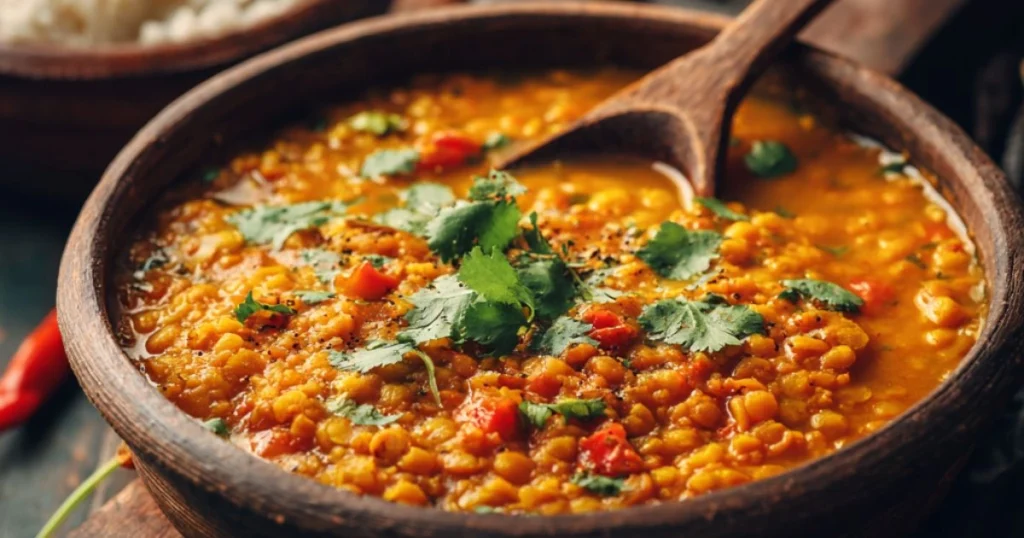
Nutritional Snapshot
A single serving of lentil curry (~1 cup) is a nutrient-packed powerhouse:
- Calories: 266 kcal – filling yet low in calories
- Protein: 8.8 g – supports muscle repair and plant-based diets
- Fiber: 8.2 g – promotes healthy digestion and satiety
- Iron: 3.3 mg – aids in energy production and prevents anemia
- Vitamin C: 7 mg – boosts immunity and enhances iron absorption
Benefits: Regularly including lentil curry in meals can support heart health, stabilize blood sugar, improve digestion, and provide essential nutrients for overall wellness.
Variations & Customizations
One of the best things about lentil curry is its versatility. You can easily adapt it to suit your taste preferences, dietary needs, or the ingredients you have on hand.
1. Type of Lentils:
- Red lentils cook quickly and create a creamy texture.
- Green or brown lentils hold their shape, giving a firmer, chunkier curry.
- Black lentils (urad dal) add richness and depth for a more traditional Indian dal.
2. Vegetables & Add-ins:
- Spinach, kale, zucchini, carrots, or sweet potatoes can boost nutrition and texture.
- Add frozen peas or bell peppers for color and sweetness.
- For protein-packed variations, include chickpeas or tofu.
3. Spice Levels & Flavors:
- Adjust chili powder, fresh chilies, or cayenne for mild to extra spicy curry.
- Experiment with garam masala, smoked paprika, or fenugreek for unique flavor profiles.
4. Cooking Styles:
- Slow cooker or Instant Pot versions are perfect for busy schedules.
- Thai-style coconut lentil curry uses coconut milk, lime, and lemongrass for a tropical twist.
5. Serving Options:
- Pair with rice, quinoa, or flatbreads like naan or roti.
- Garnish with fresh cilantro, lemon juice, or a dollop of yogurt for extra flavor.
With these variations, you can enjoy a new take on lentil curry every time while keeping it healthy and satisfying.
Serving & Pairing Suggestions
Lentil curry is a versatile dish that pairs beautifully with a variety of grains, breads, and sides, making it ideal for both simple meals and festive spreads.
Grains & Starches:
- Serve with fluffy basmati rice or brown rice for a wholesome meal.
- Quinoa or couscous offers a protein-rich alternative.
- Pair with flatbreads like naan, roti, or chapati for a comforting combo.
Garnishes & Toppings:
- Fresh cilantro adds brightness.
- A squeeze of lemon juice balances the spices.
- Optional: a dollop of yogurt or coconut cream for extra creaminess.
Side Dishes:
- Light salads, roasted vegetables, or pickles complement the curry.
- For a heartier meal, serve with roasted potatoes, eggplant, or paneer.
Storage & Meal Prep:
- Keeps in the fridge for 4–5 days and freezes well for up to 3 months, making it perfect for batch cooking.
Troubleshooting Common Issues
Even experienced cooks can run into small challenges when making lentil curry. Here’s how to fix them:
- Lentils too mushy: Reduce cooking time or use firmer lentils like green or brown varieties.
- Lentils too firm: Add extra water or broth and continue simmering until tender.
- Sauce too thin: Simmer uncovered to allow excess liquid to evaporate.
- Sauce too thick: Add a splash of water, broth, or coconut milk to loosen consistency.
- Flavor too bland: Bloom spices in hot oil and taste before serving, adjusting salt and seasoning as needed.
- Too spicy: Balance heat with coconut milk, yogurt, or a squeeze of lemon juice.
- Sticking to the pot: Stir frequently and ensure enough liquid is added during cooking.
By troubleshooting these common issues, you can consistently achieve a rich, flavorful, and perfectly textured lentil curry every time.
Health & Dietary Considerations
Lentil curry is not only delicious but also a nutritious option suitable for various diets and health goals.
- Vegetarian & Vegan-Friendly: Made entirely from plant-based ingredients, it’s perfect for vegans and vegetarians seeking protein-rich meals.
- Gluten-Free: Naturally free of gluten when paired with rice or gluten-free grains, making it safe for those with gluten sensitivities.
- Weight Management: High in fiber and plant-based protein, lentil curry promotes fullness and supports healthy digestion, aiding in weight control.
- Heart Health: Lentils are rich in fiber, folate, and magnesium, which can help reduce cholesterol and improve cardiovascular health.
- Blood Sugar Regulation: The slow-digesting carbs and protein content help maintain steady blood sugar levels.
- Allergy Considerations: Coconut milk and spices are common; adjust as needed for allergies or sensitivities.
Incorporating lentil curry into your meal rotation is an easy way to enjoy a wholesome, nutrient-dense dish that benefits overall wellness.
Frequently Asked Questions (FAQ)
- Can I use any type of lentils?
Yes — red, green, brown, or black lentils work. Cooking times vary. - How long does it last in the fridge or freezer?
Store in airtight containers; 4–5 days in the fridge, 3 months in the freezer. - Can I add vegetables or meat?
Yes — vegetables for vegan options, or cooked chicken/shrimp for non-vegetarian. - How can I make it creamier without coconut milk?
Mash some lentils, add plain yogurt (if not vegan), or use full-fat coconut cream. - Is lentil curry good for weight loss?
Absolutely — high fiber and plant protein promote satiety and healthy digestion. - What can I serve instead of rice?
Quinoa, cauliflower rice, whole-grain bread, or roasted vegetables work perfectly.
Conclusion
Lentil curry is a versatile, nutrient-rich dish that satisfies both the taste buds and the body. With endless variations, easy customization, and simple pantry staples, it’s perfect for weeknight dinners, meal prep, or special occasions. Whether you try a traditional Indian-style dal or a modern twist with coconut milk and vegetables, this dish is guaranteed to impress. Share your favorite variations and enjoy the warming, wholesome goodness of lentil curry at home.


